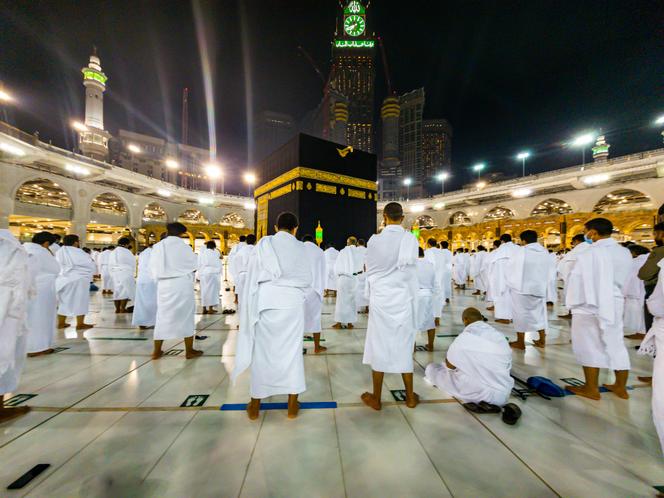


Like many founders of new orders, the Prophet of Islam, who lived in the sixth and seventh centuries, emerged as a multifaceted figure who belonged as much to the religious sphere as to the political. He was alternately depicted as a preacher, a sage, an ascetic, a thaumaturge (miracle worker), a legislator, a diplomat, and of course a warrior. This has led to difficulties in classifying him.
In fact, Muhammad was a hybrid figure who claimed both spiritual authority and temporal power, especially during the second half of his life, after leaving his native city of Mecca for Medina (622–632). Therefore, he could theoretically be associated with at least two types of roles: prophets and monarchs.
Thanks to empirical and methodological advances since the late 19th century, historians have been able to reconstruct the broad outlines of Muhammad's life and better understand the context that shaped his sense of mission and the meaning he gave to it.
In continuity with the biblical tradition, the Quran – the source which best reflects the spirit of Muhammad, his supporters and part of his milieu – presents the one God with monarchical qualities. As Creator, Allah is the only legitimate king (al-malik al-haqq), the only one who can claim sacredness (al-malik al-quddus) and absolute sovereignty (malik al-mulk). Seated on his throne ('arsh, kursi), surrounded by obedient and tireless angels, he reigns over the entire universe.
You have 85.59% of this article left to read. The rest is for subscribers only.
